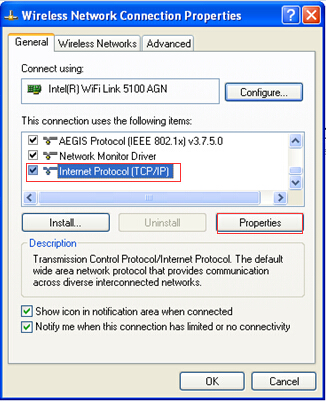
- #Backup my mac on my wifi network mac os x#
- #Backup my mac on my wifi network software#
- #Backup my mac on my wifi network mac#
Double-click a folder to mount it and access its files.
#Backup my mac on my wifi network software#
You’ll see any folders that you have set up, and that are accessible to your user account, along with folders the NAS’s software created. Double-click the NAS, then enter your user name and password. Choose Go > Connect to Server, then click Browse to find your NAS. To access your NAS, you mount its volume in the Finder. I’d recommend turning off AFP on your NAS, if it supports this protocol, and using only SMB it’s more reliable. AFP, or Apple Filing Protocol, has been deprecated, meaning that it still works, but that Apple doesn’t recommend using it.
#Backup my mac on my wifi network mac#
Your Mac can use two networking protocols: SMB and AFP. This process is different on different devices, but there’s a gotcha on Synology’s operating system: filenames have a maximum of 143 characters in encrypted folders, compared to 255 characters in normal folders. To set it up for backups, you should encrypt that folder, to make sure your backups are protected. When you set up your NAS, you create a user account, just like on your Mac. I have a Synology NAS, and here’s what I see in my browser: They either offer their own apps for configuration or you set them up in a web browser. NAS devices today are relatively user friendly. See this article to understand the different types of RAID. This allows extra data protection, and for backups, it’s a good idea to consider using a NAS with RAID.

If you buy a NAS that holds two or more drives (for the most part, NAS devices use hard drives, but you can use SSDs as well, though they are much more expensive), you can set it up in a RAID configuration. While you can use a NAS for many tasks, I’m just going to talk here about backups. And some are just used for file sharing and storage. Others can be used as media repositories, with the ability to stream music and photos for example, you could store your iTunes or Music app library on a NAS.

Many NAS devices are used to stream video, with software such as Plex, and have processors that can convert video on the fly. It uses little power, and is always on, so you can access it at any time. It’s useful to think of a NAS as a hard drive with an operating system, which allows you to create user accounts copy and manage files, and more. You could put a NAS in an out-of-the-way location such as a closet, for example, as long as it can connect to your local network. Some NAS devices have wifi, and some allow the use of wifi if you connect a dongle to a USB port on the device. Your NAS could connect to your Mac via an Ethernet cable, and could be in the same room as your computer or it could be in any location as long as it can access your network. To set up and manage a NAS, you connect to it over a network. What sets a NAS apart from a small computer such as a Mac mini is the fact that it doesn’t need a display in fact, NAS devices don’t have video cards, so you can’t connect a display to it. It can be as small as a single hard drive in an enclosure, or it can be a rack-mounted device with a couple dozen drives or more. What’s a NAS?Ī network-attached storage device is a computer with one or more drives designed to store files. Here’s why it can be convenient and practical to use a NAS for backups, and as a personal cloud. You can use an online backup service if you have the bandwidth, but a practical way to back up your Mac locally is to use a NAS: a network-attached storage device.
/article-new/2015/05/Disconnected-Apple-Watch-Fix-3-250x313.jpg)
It’s easy to connect an external hard drive to your Mac to back it up, but if you use a laptop, you might forget to do this regularly. So, the script runs the networksetup command if it cannot connect to Google.We all know how important it is to back up your Mac. sudo chmod 700 /usr/local/bin/macWiFireconnect.sh Networksetup -setairportnetwork en1 WifiName WifiPasswordĪlso enable the script to be executable. Then, the executable script macWiFireconnect.sh looks like this: #!/bin/bash The most important line is the last, which executes macWiFireconnect.sh every one minute, you can change the 1 if you want.

*/1 * * * * /usr/local/bin/macWiFireconnect.sh First, run sudo crontab -e in Terminal, and paste in that editor: SHELL=/bin/bash Luckily, the automation service cron from the very old days seems to be still working in current Macs (I've read some complaints it doesn't), and I got it to execute a script to connect to Wi-Fi if disconnected. leave on the Mac.Įssentially, OS X thinks the Mac is connected to these networks and does not need the Wi-Fi. Finally decided to look closer and it looks like it could be some "bug" that is related to the extra network settings that programs like VMWare Fusion, VirtualBox etc.
#Backup my mac on my wifi network mac os x#
I did not have it "in the very beginning", with some ancient versions of Mac OS X etc. I have spent about 6 years with 3 Macs with this kind of problem unresolved.


 0 kommentar(er)
0 kommentar(er)
